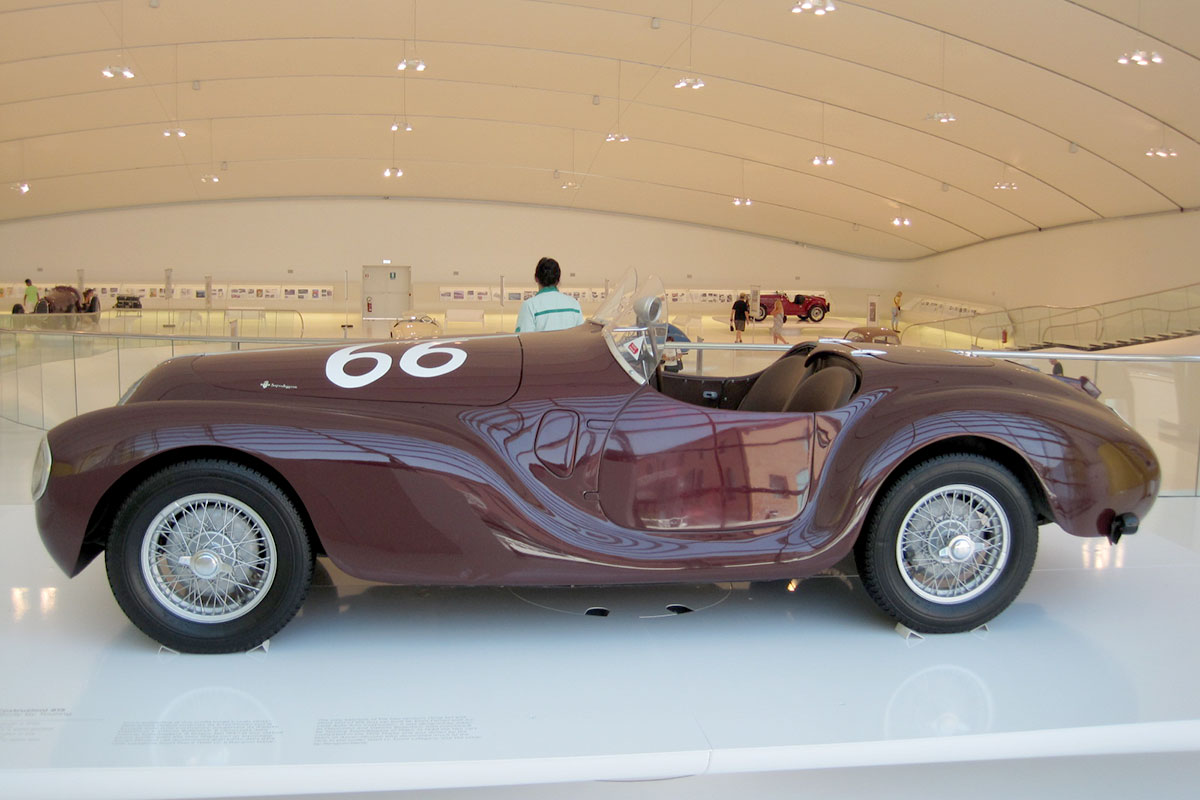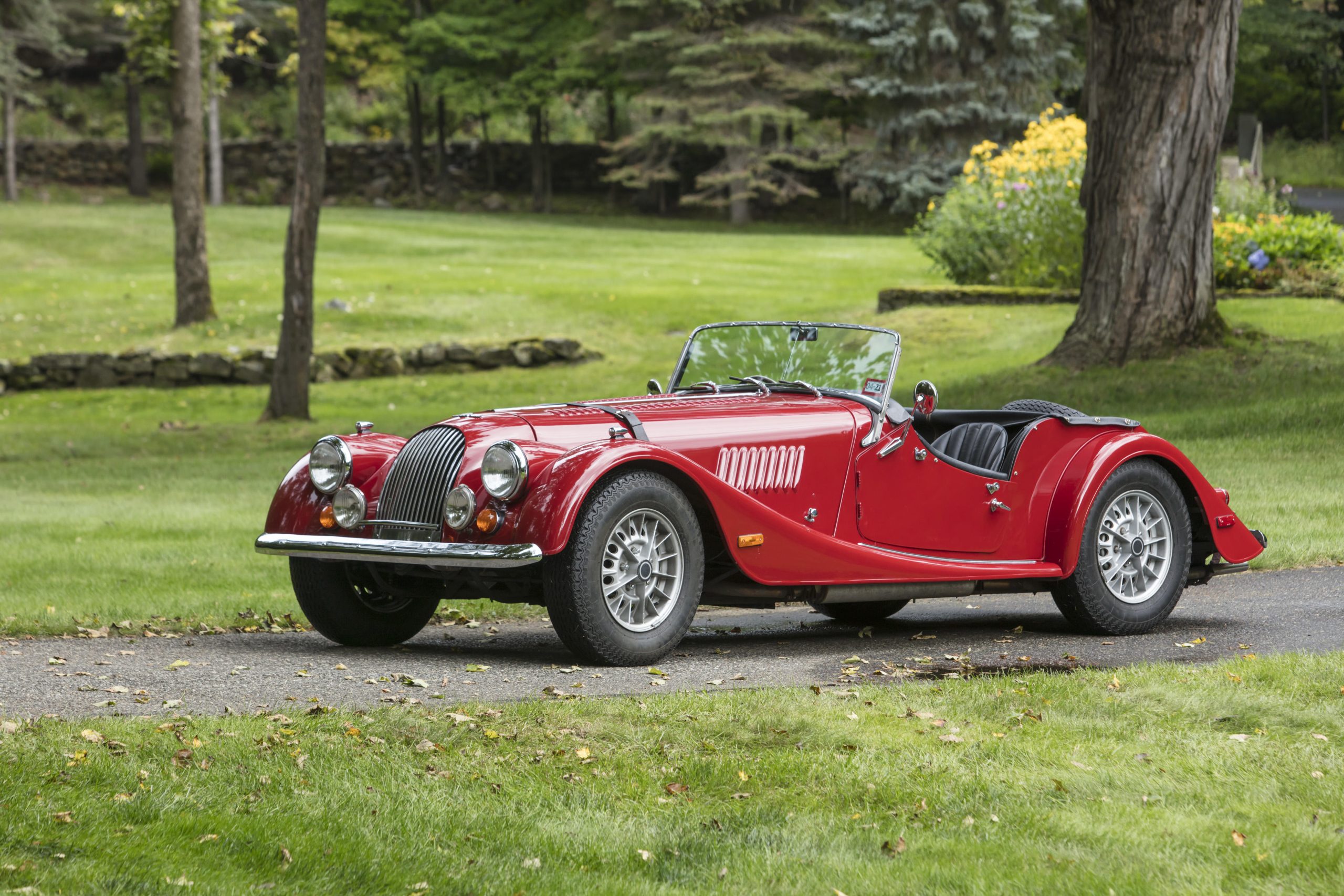A couple of weeks ago, on 12 March, Ferrari celebrated its 75th birthday. It was on that date in 1947 that Ferrari’s first car, the 125 S, rolled out of the factory gates. Listen to the pub know-it-alls and they’ll tell you that the 125 S was the first Prancing Horse, but before it came the Auto Avio Costruzione 815, which was actually Ferrari’s first car. The thing is, officially it wasn’t a Ferrari. Oh, and while two were made, one was destroyed – by accident…
Enzo Ferrari was born in 1898 and became a works driver for Alfa Romeo in the 1920s, but in 1925 Alfa withdrew from motorsport. Four years later Enzo set up Scuderia Ferrari to assist wealthy Alfa Romeo customers with their racing efforts, by providing various support services.

From 1937 Alfa Romeo chose to take its motorsport activities back in-house, and although Ferrari initially rejoined the company, he soon moved on. When he did so, part of the agreement with his previous employer was that he wouldn’t compete with them for at least four years. That meant closing down Scuderia Ferrari, and no car bearing the Ferrari name could be made until at least 1942.



However, by spring 1940 Ferrari was ready to go racing in the first ever Brescia Grand Prix, which was in reality the 13th Mille Miglia. To get around the agreement with Alfa Romeo, Ferrari set up a company called Auto Avio Costruzioni (AAC) and his first car was a streamlined two-seater which wore prancing horse badges, with a modified logo that incorporated a racing car in front of the horse.
The new racer was called the Tipo 815, because it featured an eight-cylinder engine with a displacement of 1.5 litres. Based on a Fiat 508 C chassis, that straight-eight powerplant was cast specially, although it was effectively two Fiat 1100 engines laid end-to-end with the displacement reduced to 1496cc. There was a five-bearing crankshaft, the sump was also a special casting, and so was the 16-lobe camshaft. With four Weber carburettors there was around 75bhp on tap, at a peak of 5500rpm.
The bodywork was designed and made by Touring of Milan, from a costly aluminium-magnesium alloy called Itallumag 35, which offered strength with lightness. With ‘Superleggera’ construction the bodyshell tipped the scales at just 54kg, with the whole car weighing all of 535kg (dry).


Two Auto Avio 815s were made: chassis #020 for Lotario Rangoni Machiavelli, and #021 for Alberto Ascari. Both took part in the 1940 Mille Miglia but neither finished, because of engine problems. The 815s showed a lot of potential, but soon after the race Italy entered the Second World War and the cars were mothballed until the end of hostilities.
By 1947 Ferrari had introduced his first car to bear his own name (the 125 S), and on 11 August of that year at Circuito di Pescara, history was made when 815 #21 (at the hands of Enrico Beltrachini) competed against a 125 S driven by Franco Cortese.
That AAC 815 has survived and is now in the hands of private collector Mario Righini, but #20 was accidentally scrapped in the late 1950s, after it had been sent to a scrapyard for storage, following an accident. The plan had been to restore the car and put it back on the road, but by mistake the car was destroyed. In the history of costly errors, that one figures pretty highly…
Read more
Cars That Time Forgot: Maserati Quattroporte II
Rare sale of LaFerrari prototype offers a fascinating glimpse into test mules
Adam Driver leads cast of upcoming Enzo Ferrari movie







